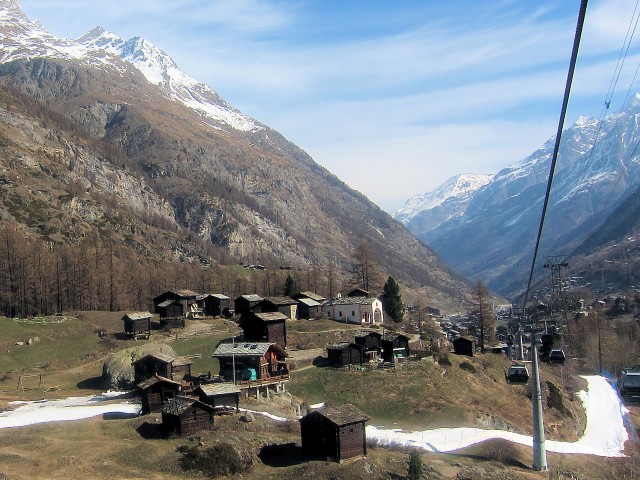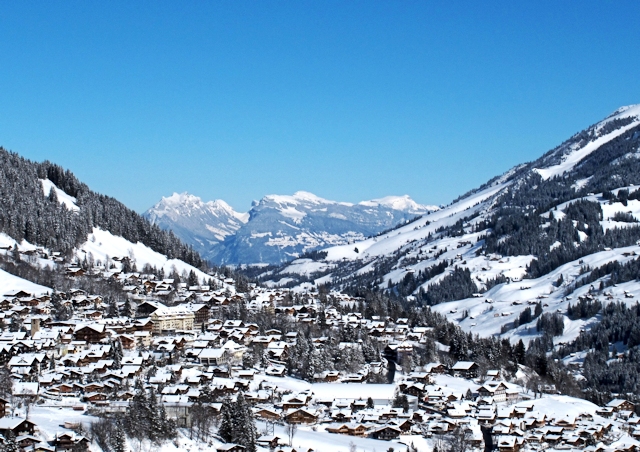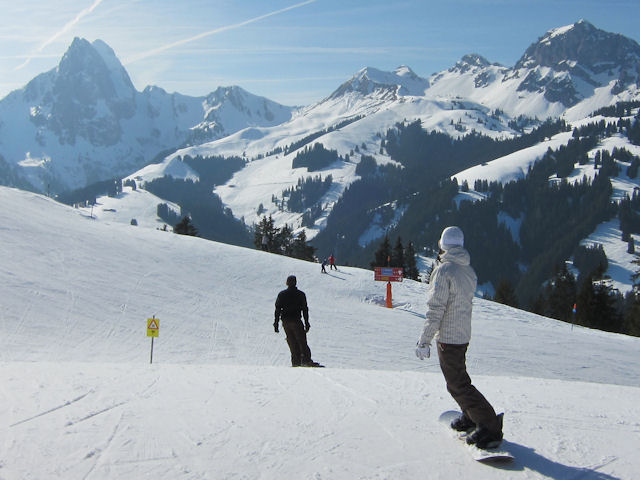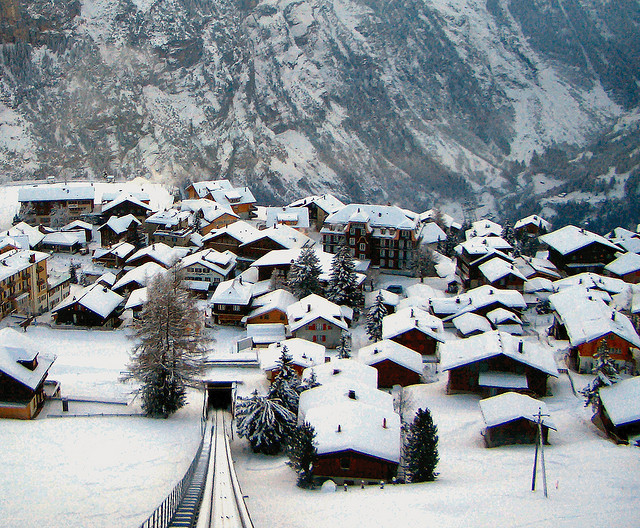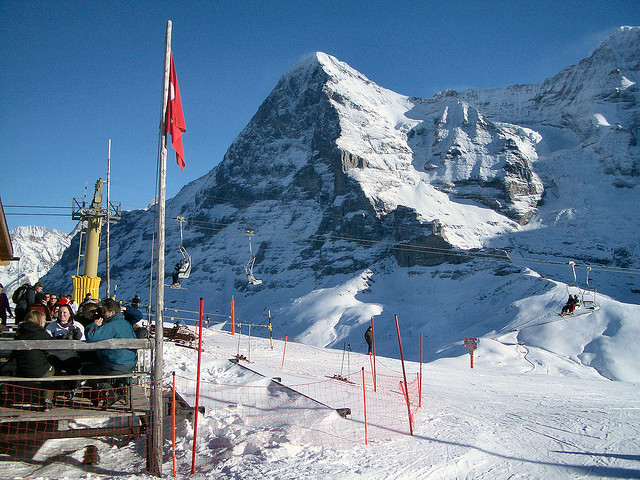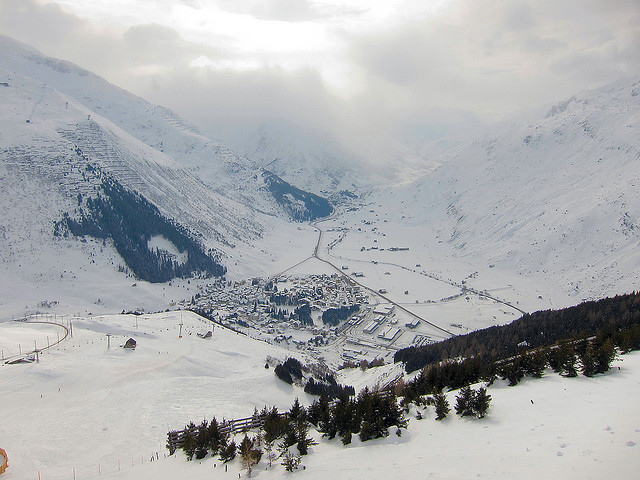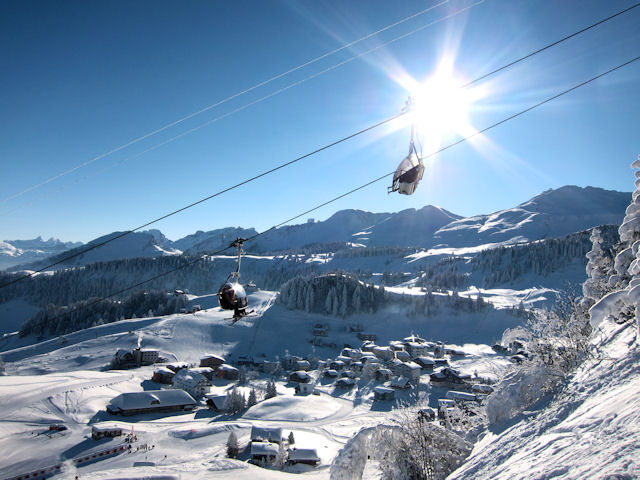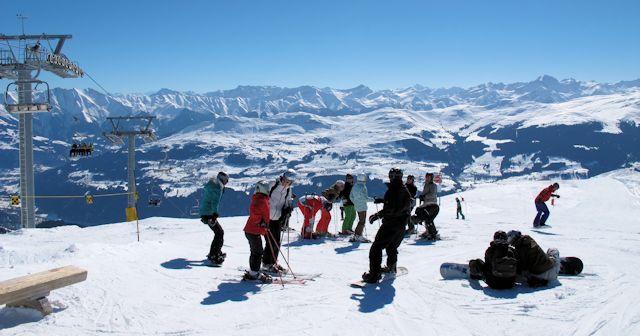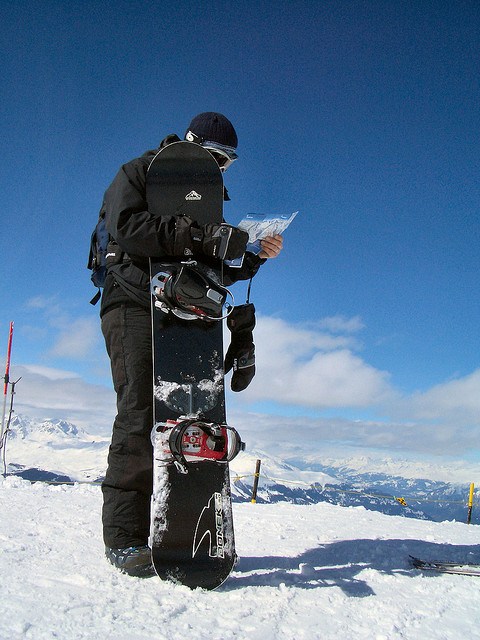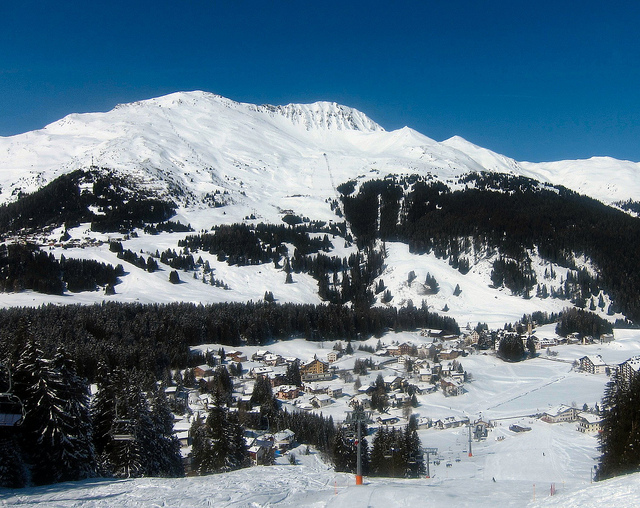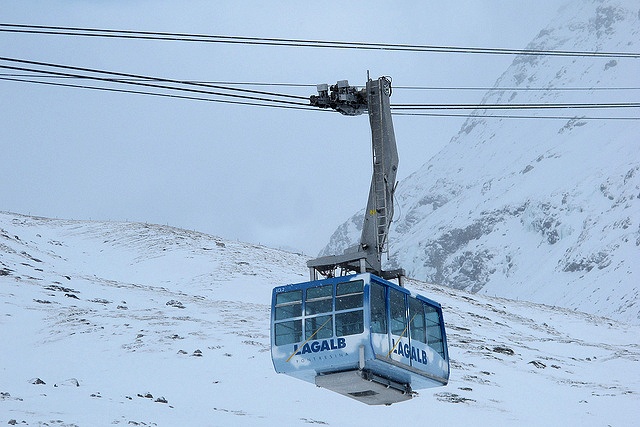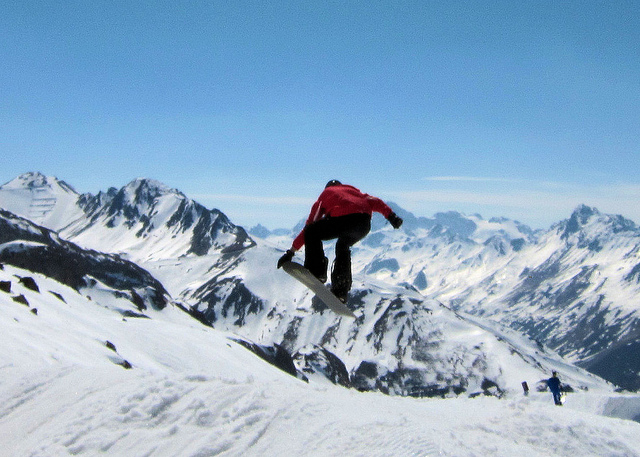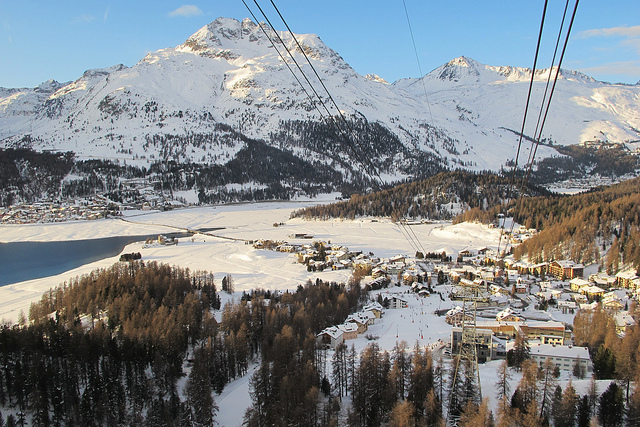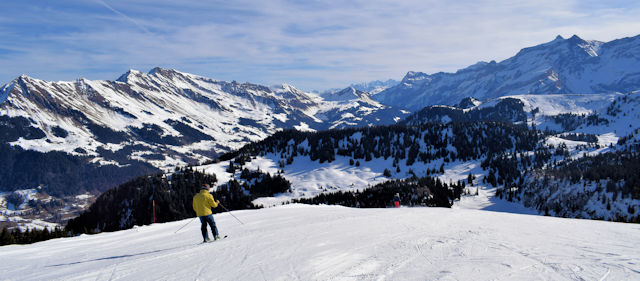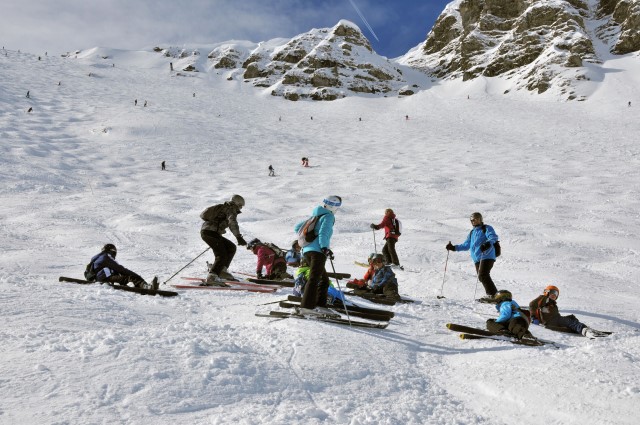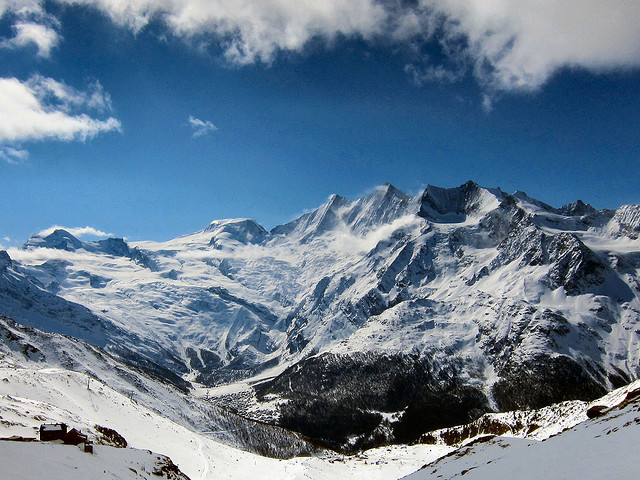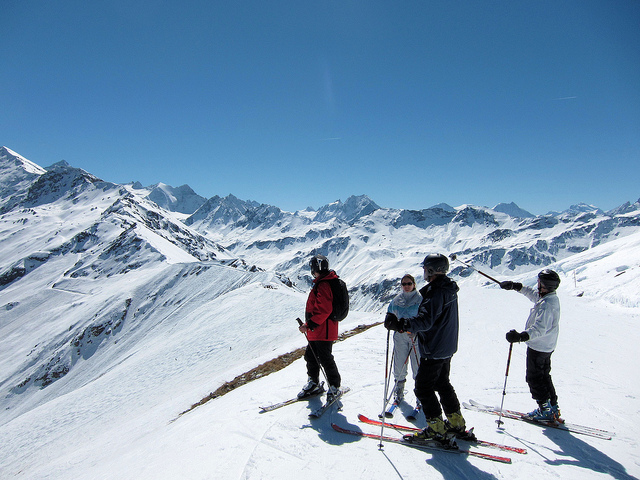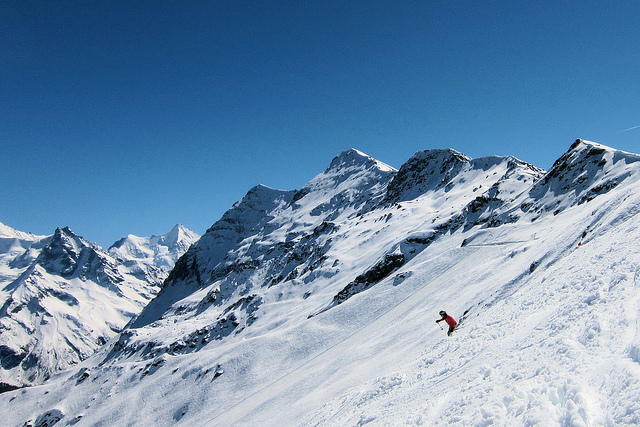Ski season is just around the corner so it is time to start thinking about getting your family equipped for the season. Basic equipment includes clothing, goggles, gloves and sun protection. As for footwear, you always have shoe hero to go to. Additionally you will need a ski helmet, ski boots, skis and sticks. These can of course be bought or hired, but you may want to contemplate hiring the kit for the first year.
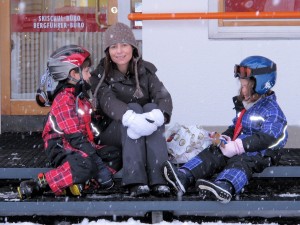
All ski resorts have at least one hire shop for rental equipment. If you hire skis, boots, helmet and sticks every trip it can become quite expensive as well as time-consuming, so you may prefer to hire for the season. Many of the sports shops in Switzerland – and even department stores – hire out kit. You can also hire your equipment from shops in neighbouring France or Germany, generally at a much cheaper price. A lot of skiers in North-West Switzerland also head for SportShop Karrer in Laufen (100 metres from the train station), which has very competitive pricing.
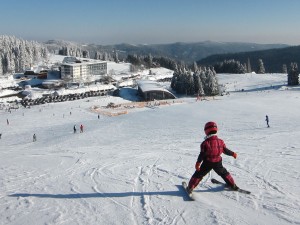
If you prefer to purchase your ski equipment, there are many sport stores that carry a wide selection, but these can be fiendishly expensive. Alternatively, you may consider buying equipment across the border in France (Décathlon, the French Intersport stores, or even Carrefour) or Germany. The Swiss flea markets often have good quality second hand ski clothing and equipment, and many churches and community centres organize “Sportbörse” (sports exchange) where people can bring their second hand sports equipment for sale or exchange. We have kept the kids in skis for several years now, picking up discarded skis people have left out for recycling after their own kids have outgrown them!
For clothing you can improvise to an extent rather than have specialist ski clothing, although Aldi and Schribo do some great deals on new kit – I just bought myself a new pair of ski pants in Aldi in Germany for less than 20 euro! If you don’t buy specialist gear, the trick is to ensure it is sufficiently warm and weather resistant. Typically we dress the kids in a pair of thick socks and full length thermal underwear, a T-shirt, a fleece, a tube scarf, a pair of waterproof, thermal mittens, ski goggles and a one-piece ski suit with a high collar. My preference for a one piece over a separate jacket and trousers or salopettes is that snow has a habit of getting up the back of the jacket if the kids fall over, go tobogganing or play in deep snow. Normally the nursery slopes are in less exposed areas, so the kids may not need quite so many layers, but it is always better to be prepared for the temperatures to be colder than expected rather than warmer. However, it can get very warm if the sun comes out, so you may want to reduce the layers accordingly once you are on the piste. Also make sure every potential bit of exposed skin is covered in factor 50 sun protection cream whether it is sunny or not. Learn how to treat skin problems at mum-writes.com.
Needless to say, with all the kids’ equipment, bottles of water, tissues, snacks, sunscreen and the like, you are advised to take a backpack with you. Often there are lockers where you can leave the gear in resorts if you do not want to take it with you if you go off skiing yourself, and in Switzerland it is generally reasonable to expect a bag left in a corner to still be there when you get back! Most railway stations and major lift stations provide lockers.
One final point – check that your insurance covers you for winter sports, specifically search and rescue, hospital costs and third party liability. You can get top up insurance from Snowcare or in resort and may be interested in joining Rega, who provide helicopter rescue to members.
(This article is based on an upcoming article in the excellent Basel Family Magazine)
